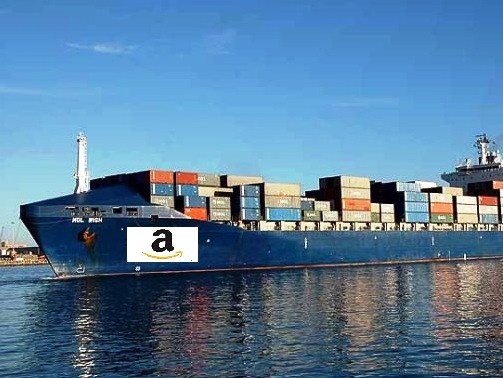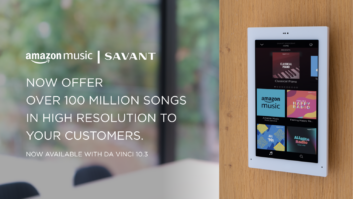
An internal report from Amazon obtained by Bloomberg News outlines a plan to build a global e-commerce and supply-chain network that would blunt Alibaba, replace couriers and financial services firms with in-house operations, and give name-brand manufacturers a run for their money.
The project, dubbed “Dragon Boat,” would bring goods to America directly from Asian merchants and factories via Amazon-deployed trucks, planes and ships, and would provide loans, international payment processing, and customs and tax consultation online and through mobile devices.
The result, the report says, will be a “one-click-ship for seamless international trade and shipping. … The ease and transparency of this disintermediation will be revolutionary, and sellers will flock to [Fulfillment By Amazon] given the competitive pricing.”
A person familiar with the initiative told Bloomberg that Amazon is proceeding with the plan, which was presented to senior management in 2013. The timetable calls for the launch of the new logistics operation, Global Supply Chain by Amazon, as early as this year, and word from cargo-industry execs that Amazon is looking to lease its own fleet of Boeing 767s would appear to support it.
What’s more, Amazon China was authorized to sell ocean freight services by the U.S. Federal Maritime Commission (FMC) in November and by the Chinese Ministry of Commerce in September, according to USA Today.
As described in the Amazon report, Dragon Boat would out-Alibaba Alibaba — China’s direct-sale online marketplace — by “automating the entire international supply chain,” the documents said. But as former Janney retail analyst David Strasser once observed, the advent of these offshore platforms could be catastrophically disruptive to retailers and brand-name manufacturers, resulting in dire consequences for the U.S. economy.
Amazon declined to comment on the report, and chief financial officer Brian Olsavsky, on a fourth-quarter earnings call last month, said the transportation initiatives were meant to supplement rather than supersede carriers like FedEx, UPS and DHL:
Aram Rubinson, Wolfe Research: It seems pretty clear that you guys are trafficking in some old-world assets, like truck trailers and ship lanes and air fields. Can you help give us a sense as to maybe what you’re trying to accomplish with that — if it’s defensive to protect your service to your existing customers, or if you’re looking to maybe start new businesses with those assets?
Olsavsky: What we’ve found is in order to properly serve our customers at peak we’ve needed to add more of our own logistics to supplement our existing partners. That’s not meant to replace them … They have been and continue to be great partners, and we look forward to working with them in the future. It’s just we’ve had to add some resources on our own.













